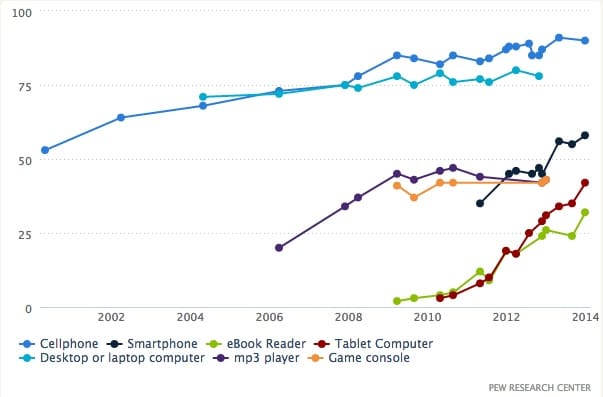The Old Normal: 'Networked' era defined

I'm back! This week I want to talk about how social media has changed. Lots of us are aware of many of the effects, but I want to try to flesh out the picture a bit.
Let's start with the classic portrait of what it looked like in the mid '00s through the late '10s or so. In my Digital Media Studies for Ministry class, I'm calling this the "Networked" era, thanks to the seminal book by Pew's Lee Rainie and NetLab's Barrie Wellman. (Read it for free here.)
The authors describe a "triple revolution" that made possible a whole "new social operating system" based on individuals being directly connected to each other via media rather than primarily relying or consuming industrial/broadcast outlets.
The three factors in this revolution were
- broadband internet (still not available everywhere, but hugely influential),
- mobile connectivity (i.e. smartphones, again not universal but quite pervasive), and
- the meteoric rise of social networking sites (Facebook, Twitter, Instagram, and Pinterest were kinda the big four in the early years of my working life).
A lot of Christian theologians have focused on how the resulting "networked individualism" is problematically structured. It has the effect of immersing you in community but also giving you the understandable impression that YOU are the center of your social universe.
Still, I will fully own that I am nostalgic for these days. This social operating system made new kinds of pastoral care, faith formation, and community-building possible for a time (and it's still possible with more labor and broad buy-in). But of course our participation came at a cost, and it has sown the seeds of much that civically minded folks rightly lament (and worse) today.
More on the good, the bad, and the ugly of all this as the week progresses.


